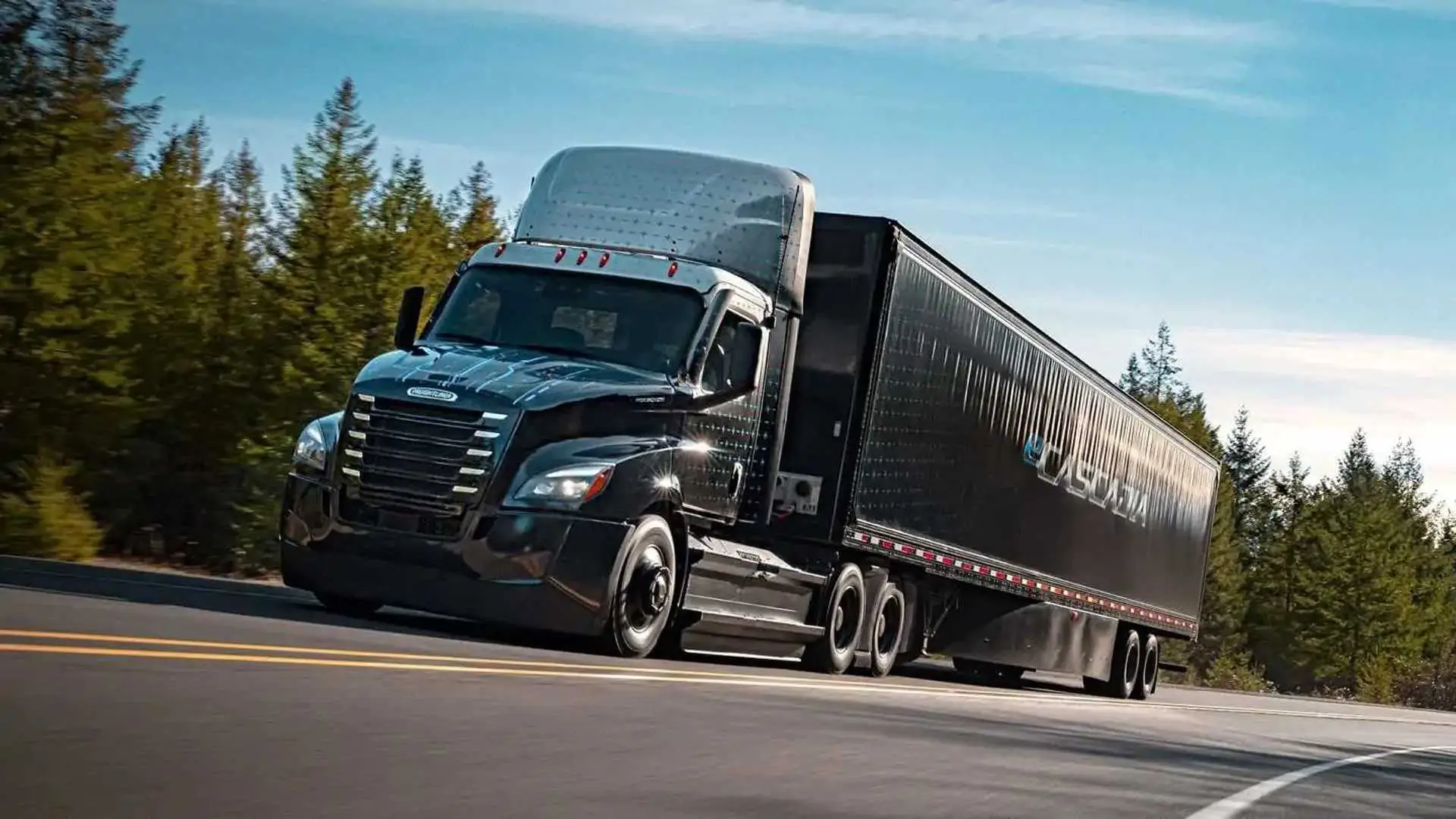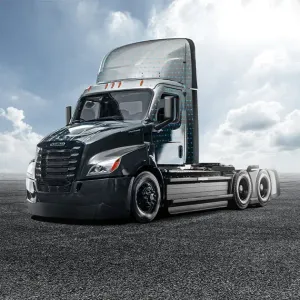The electric vehicle landscape is rapidly evolving, with commercial trucking emerging as a significant frontier. The Tesla Semi and Freightliner eCascadia are at the forefront, offering cutting-edge technology and sustainable solutions for long-haul transportation. This comparison will delve into essential aspects like pricing, design, performance, and more, providing readers with a clear picture of what each model offers.
Pricing and Trim Levels: Tesla Semi vs Freightliner eCascadia
Pricing and trim levels play a crucial role in deciding the right electric vehicle.
-
💰 Base Model Pricing: The Tesla Semi starts at approximately $150,000, offering a range of 300 miles with basic features like Autopilot. The Freightliner eCascadia begins at around $120,000, with a slightly lower range, focusing on essential commercial trucking needs.
-
🚀 Performance Trims: Tesla's higher-tier Semi variant costs about $180,000 and offers a 500-mile range plus enhanced acceleration. The eCascadia's premium version emphasizes increased payload capacity and improved battery longevity.
Design and Exterior Features: Tesla Semi vs Freightliner eCascadia
Design elements significantly affect the efficiency and visual appeal of EVs.
-
🎨 Aerodynamic Design: The Tesla Semi boasts a streamlined design, enhancing speed and energy efficiency. The eCascadia's design is more traditional, focusing on durability and reliability over aerodynamics.
-
💡 Lighting and Aesthetics: Tesla includes LED lighting with a sleek, futuristic look. Freightliner opts for robust LED setups designed for visibility and durability.
-
🚪 Unique Features: Tesla's innovative door design enhances aerodynamics, while Freightliner offers practical accessibility for loading and unloading.
-
📏 Exterior Dimensions: The Semi is slightly longer, which may impact maneuverability in tight spaces compared to the more compact eCascadia.
Interior and Cabin Space: Tesla Semi vs Freightliner eCascadia
Interior comfort is paramount for drivers spending long hours on the road.
-
🪑 Seating and Comfort: Tesla offers a central driving position for enhanced visibility, while Freightliner provides a more traditional setup with ergonomic seating.
-
📱 Technology Integration: Tesla integrates a dual touch-screen system with cutting-edge software, whereas Freightliner focuses on compatibility with existing fleet management systems.
-
🧳 Storage and Utility: Tesla's interior prioritizes technology, with limited storage, while the eCascadia offers various compartments for added utility.
Performance and Acceleration: Tesla Semi vs Freightliner eCascadia
Performance metrics are critical for evaluating the efficiency of electric trucks.
-
⚡ Acceleration and Speed: The Tesla Semi can accelerate from 0-60 mph in about 20 seconds fully loaded, outperforming the eCascadia, which is more focused on consistent speed and torque.
-
🛞 Handling and Drive Modes: Tesla's adaptive drivetrain offers multiple modes for different terrains, while Freightliner provides a stable, reliable handling experience.
Range and Battery Options: Tesla Semi vs Freightliner eCascadia
Range and battery life are crucial considerations for electric vehicles, especially for long hauls.
-
🔋 Battery Options: Tesla offers two battery configurations with ranges of 300 and 500 miles. Freightliner provides a single battery option optimized for short to mid-range trips.
-
🌍 Real-World Range: Tesla's real-world performance tends to align closely with its advertised range, while Freightliner's range can vary with load and terrain.
Technology and Safety Features: Tesla Semi vs Freightliner eCascadia
Modern technology and safety features enhance the overall driving experience.
-
🤖 Driver Assistance Features: Tesla's Autopilot offers advanced semi-autonomous driving, whereas Freightliner includes adaptive cruise control and lane-keeping assistance.
-
🚘 Full Self-Driving (FSD): Tesla's optional FSD package promises future updates for autonomous capabilities, a feature not yet available with Freightliner.
-
🛡️ Active Safety Features: Both models offer emergency braking and collision avoidance, with Tesla's system being more robust.
-
⭐ Crash Test Ratings: While official ratings are scarce, Tesla's crash tests historically demonstrate high safety standards, and Freightliner focuses on durability and reliability.
Charging Options and Infrastructure: Tesla Semi vs Freightliner eCascadia
Charging infrastructure is vital for seamless EV operation.
-
⚡ Home Charging: Tesla offers at-home charging solutions tailored for its Semi, while Freightliner provides commercial-grade chargers for fleet use.
-
🌍 Public Charging Networks: Tesla's expansive Supercharger network offers fast and widespread charging, whereas Freightliner relies on third-party networks and partnerships.
Charging Speed: Tesla Semi vs Freightliner eCascadia
Charging speed affects operational efficiency for commercial EV users.
-
⚡ Home Charging Speed: Tesla's home solutions offer faster charging compared to Freightliner's standard options.
-
🌍 Fast Charging Speed: Tesla's Superchargers deliver rapid charging speeds, significantly faster than Freightliner's current capabilities.
-
🛠️ Third-Party Chargers: Both models are compatible with third-party networks, but Tesla generally achieves faster charging times.
Customization Options: Tesla Semi vs Freightliner eCascadia
Customization allows buyers to tailor vehicles to specific needs.
-
🎨 Exterior Colors: Tesla offers limited but premium color choices, while Freightliner provides a wider palette suitable for commercial branding.
-
🛞 Wheel Designs: Tesla's aerodynamic wheels focus on performance, whereas Freightliner offers durable, heavy-duty options.
-
🪑 Interior Trims: Tesla's minimalist interior features premium materials, while Freightliner provides practical, rugged options suitable for daily commercial use.
Conclusion: Tesla Semi vs Freightliner eCascadia
-
✅ Strengths of Each Model: Tesla Semi excels with its range and advanced technology; Freightliner eCascadia offers practicality and a robust design.
-
❌ Considerations: Tesla's higher cost and reliance on proprietary networks could be limiting, while Freightliner's shorter range may not suit all long-haul needs.




